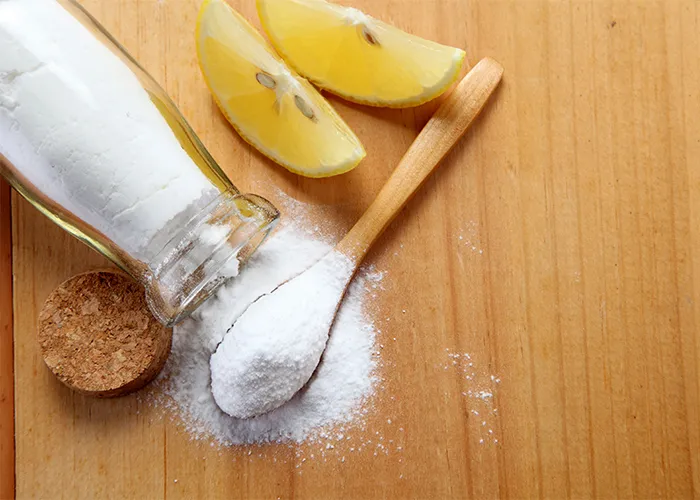What is Baking Soda and Lemon Juice
Baking soda, scientifically known as sodium bicarbonate, is a common household ingredient renowned for its versatility. It is a mild abrasive and has alkaline properties. Lemon juice, on the other hand, is derived from lemons and is rich in citric acid, a natural alpha-hydroxy acid (AHA). The combination of baking soda and lemon juice has gained popularity in skincare routines due to their perceived skin-whitening properties. Many people use these ingredients together to attempt to lighten the skin and address issues like dark spots and uneven skin tone. It’s a cost-effective and readily available option for those looking to improve their skin appearance using natural ingredients, however, it’s crucial to approach this method with caution.
The Science Behind Skin Whitening with Baking Soda and Lemon Juice
Understanding the scientific principles at play can shed light on why baking soda and lemon juice are believed to have skin-whitening effects. Lemon juice, being an AHA, works by exfoliating the top layer of the skin, removing dead skin cells, and promoting cell turnover. This process can lead to a brighter complexion. Baking soda, with its mild abrasive nature, can also contribute to exfoliation. Some also believe it helps in balancing the skin’s pH levels, which can indirectly benefit the skin’s appearance. However, the effectiveness of this combination for skin whitening is not thoroughly supported by scientific research, and it is important to be aware of potential risks and limitations. The combination is often used for the exfoliating qualities, which in turn can reduce the appearance of hyperpigmentation.
How Does Baking Soda Work for Skin Whitening

Baking soda acts as a mild abrasive and can help exfoliate the skin, removing dead skin cells and promoting cell turnover. This process can lead to a brighter complexion. It’s alkaline nature is also believed by some to help in balancing the skin’s pH levels, which can indirectly benefit the skin. Furthermore, baking soda may help to remove impurities and excess oil from the skin, leading to clearer skin and a more even tone. However, it is important to use baking soda with caution, as over-exfoliation can cause irritation and sensitivity, especially for individuals with sensitive skin. Proper dilution and application are essential to minimize potential adverse effects.
How Does Lemon Juice Work for Skin Whitening
Lemon juice contains citric acid, a natural AHA that exfoliates the skin. This exfoliation helps remove dead skin cells, revealing a brighter and more even skin tone. The citric acid may also help to reduce the appearance of dark spots and hyperpigmentation by inhibiting melanin production. Over time, regular use may contribute to a lighter complexion. Vitamin C, also present in lemon juice, is an antioxidant that can protect the skin from free radical damage. However, lemon juice can increase the skin’s sensitivity to sunlight, so it’s crucial to use it cautiously and apply sunscreen when going outdoors. Furthermore, lemon juice may not be suitable for all skin types, and allergic reactions are possible.
Preparing Your Skin for Baking Soda and Lemon Juice
Before applying a baking soda and lemon juice mixture, preparing your skin properly is essential to maximize benefits and minimize potential risks. Begin by cleansing your face with a gentle cleanser to remove dirt, oil, and makeup. This step ensures the mixture can effectively penetrate the skin. It is also recommended to perform a patch test by applying a small amount of the mixture to an inconspicuous area of skin, such as the inner arm or behind the ear, to check for any adverse reactions. If you experience any irritation or redness, discontinue use. Avoid using harsh exfoliants or other irritating products before or after using this combination. It is recommended to wait 24 hours between the patch test and the full application to ensure there are no delayed reactions.
Simple Steps for Baking Soda and Lemon Juice Application
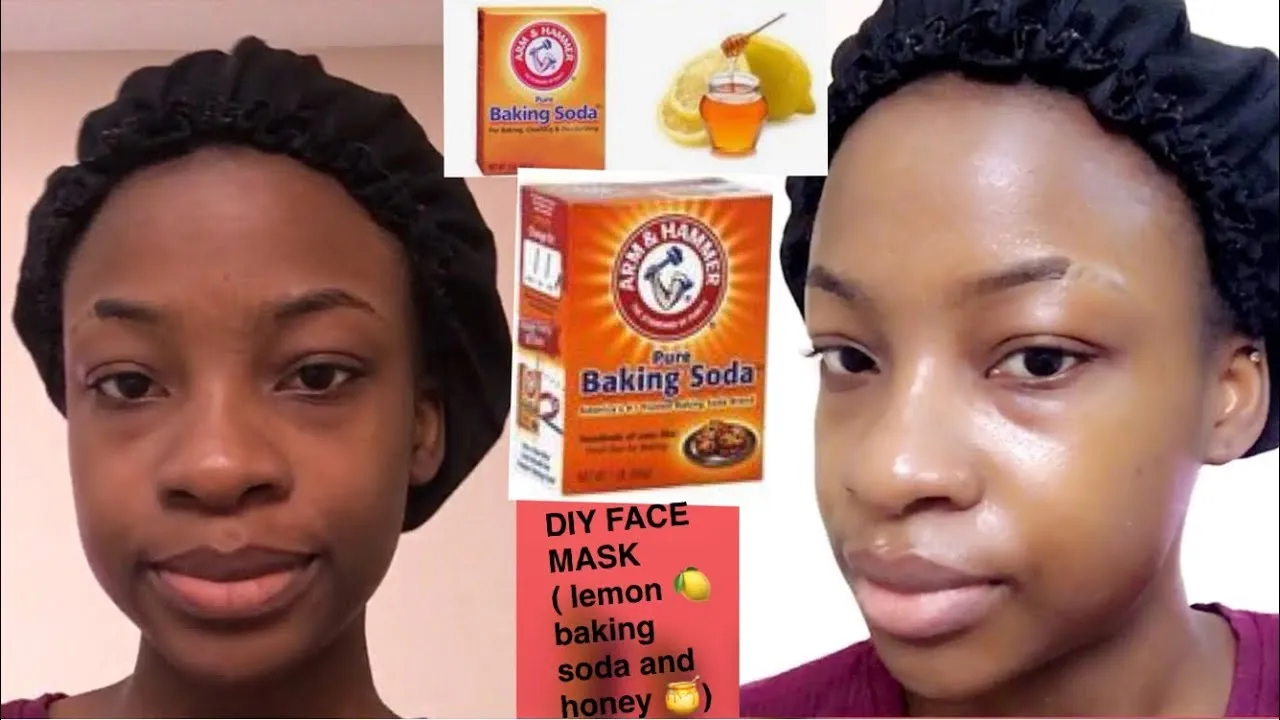
Using baking soda and lemon juice for skin whitening involves a few simple steps, but it’s important to follow these instructions carefully to ensure safety and effectiveness. Always start with a clean face. A clean face allows for better absorption and reduces the chances of trapping impurities. Mixing the ingredients in the right proportions, applying them correctly, and rinsing thoroughly are all crucial for achieving the desired results and minimizing the risk of side effects. Following these steps can increase your chances of success and help you get the most out of your skincare routine. Always apply sunscreen after washing your face with the mixture.
Step 1 Cleanse Your Skin
Begin by cleansing your face with a gentle cleanser to remove any dirt, oil, or makeup. Pat your skin dry with a clean towel. Ensure your hands are clean before touching your face. This prepares your skin for the treatment, allowing the mixture to penetrate more effectively. Thorough cleansing is crucial for maximizing the benefits and minimizing potential irritation.
Step 2 Mix Baking Soda and Lemon Juice
In a small bowl, mix baking soda and fresh lemon juice. A common ratio is 1 part baking soda to 2 parts lemon juice. Adjust the amount based on the area you wish to treat. Stir until a paste forms. Ensure that the mixture is not too runny or too thick. A paste-like consistency is ideal for easy application and absorption. Avoid using metal bowls or utensils, as they may react with the ingredients. Use the paste immediately after mixing for optimal results. Always test the mixture on a small area first to check for sensitivity.
Step 3 Apply the Mixture
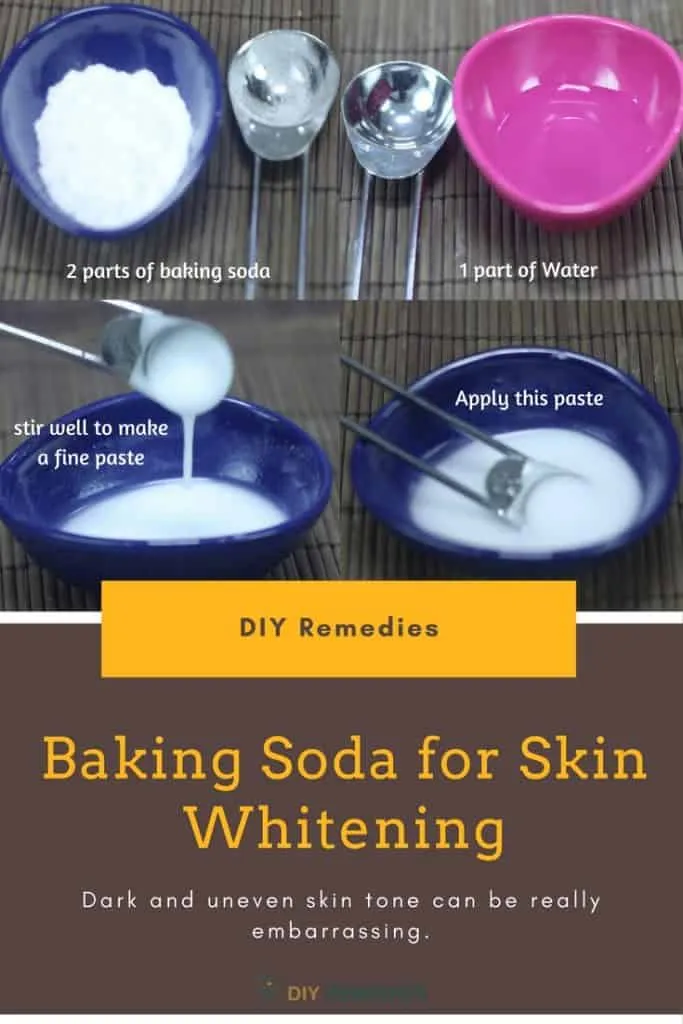
Apply the mixture to the areas you wish to treat. Gently massage it into the skin using circular motions. Avoid the sensitive areas around your eyes. Be gentle while applying, as baking soda can be abrasive. Apply a thin, even layer to ensure uniform coverage. Avoid scrubbing the skin vigorously. Make sure to rinse your hands thoroughly after applying the mixture to prevent any unintended contact with other parts of your body.
Step 4 Leave it On
Allow the mixture to sit on your skin for a short period. A few minutes, approximately 2-5 minutes, is usually sufficient. Monitor your skin for any signs of irritation or discomfort. Do not leave the mixture on for too long, as this can cause irritation or sensitivity. The duration will vary depending on your skin type, so pay close attention to how your skin reacts. If you experience any burning or itching, rinse immediately.
Step 5 Rinse Thoroughly
Rinse your face thoroughly with cool water to remove the mixture completely. Ensure that no residue is left on your skin. Pat your skin dry with a clean, soft towel. Avoid rubbing the skin vigorously. After rinsing, your skin may feel slightly dry. Follow up with a gentle, hydrating moisturizer to replenish moisture. Rinse any utensils or bowls that you used while mixing the mixture, and make sure they are clean.
Potential Benefits of Baking Soda and Lemon Juice
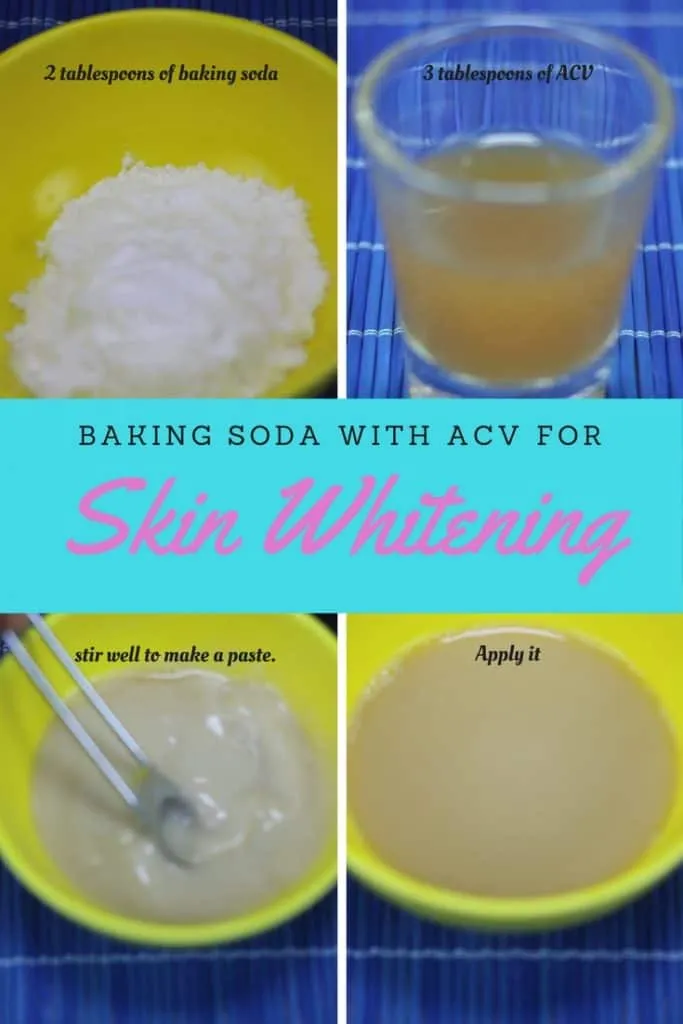
Although the scientific evidence is limited, some people report benefits from using baking soda and lemon juice for skin whitening. These include a brighter complexion, reduced appearance of dark spots, and exfoliation of dead skin cells. The citric acid in lemon juice can contribute to a more even skin tone and potentially lighten the skin over time. Regular exfoliation can help remove impurities and reveal fresh, new skin. It’s important to note that results vary among individuals, and these benefits are not guaranteed. Proper application and adherence to safety precautions are essential when using this combination. Consistency is important when using this combination, but it’s crucial to listen to your skin and stop use if any adverse reactions occur.
Skin Whitening
The primary goal for many people using baking soda and lemon juice is skin whitening. The combination may help to lighten the skin by reducing the appearance of dark spots and overall uneven skin tone. Lemon juice’s citric acid acts as a natural bleaching agent, while baking soda’s exfoliating properties can help remove dead skin cells, revealing a brighter complexion. However, it is important to set realistic expectations, as this method may not produce dramatic results, and individual results vary. The extent of skin whitening depends on factors such as skin type, the concentration of the mixture, and the frequency of use. It is also important to consider that the effectiveness is not scientifically proven, and other methods might be more effective.
Exfoliation and Dead Skin Removal
Both baking soda and lemon juice possess exfoliating properties that help in removing dead skin cells. Exfoliation is essential for maintaining healthy and radiant skin. Lemon juice’s citric acid gently dissolves dead skin cells, promoting cell turnover. Baking soda’s mild abrasive action contributes to the physical removal of dead cells. Regular exfoliation can prevent clogged pores, improve skin texture, and allow for better absorption of skincare products. However, excessive exfoliation can lead to irritation, so using this combination in moderation is essential. Always follow up with a moisturizer to keep the skin hydrated after exfoliating.
Reducing Dark Spots and Hyperpigmentation
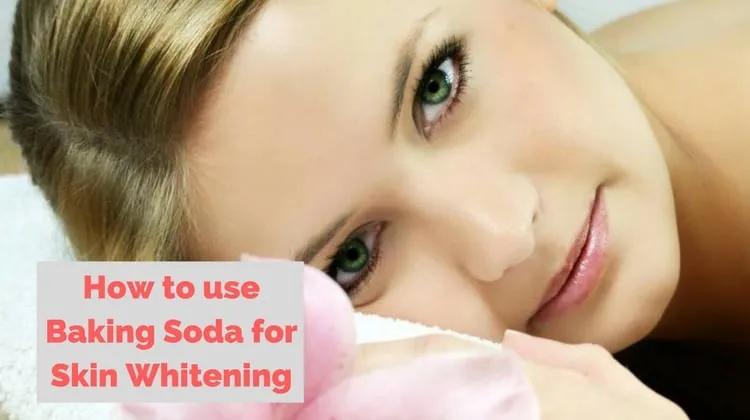
Dark spots and hyperpigmentation are common skin concerns. Lemon juice’s citric acid can help in reducing the appearance of these blemishes by inhibiting melanin production and promoting cell turnover. The exfoliating action of both ingredients can gradually fade dark spots over time. Consistency in application is important for achieving visible results. However, it is important to note that this combination may not be effective for all types of hyperpigmentation. In some cases, professional treatments may be necessary. Always protect your skin from sun exposure while using this combination, as sunlight can worsen hyperpigmentation. If you are prone to dark spots, using sunscreen is essential.
Precautions and Safety Measures
While baking soda and lemon juice can be part of a skincare routine, it is essential to take certain precautions to minimize potential risks and ensure safety. This includes performing a patch test, protecting your skin from sun exposure, and being aware of possible side effects. Proper handling and storage of ingredients, as well as knowing when to avoid using this combination, are also crucial for maintaining healthy skin. Ignoring these precautions can lead to adverse reactions and damage the skin. When in doubt, consulting a dermatologist is always the best course of action. These precautions are in place to help users maximize the benefits and minimize the risk of harm.
Patch Test and Allergic Reactions
Before applying the baking soda and lemon juice mixture to your face, perform a patch test on a small area of skin, such as your inner arm or behind your ear. This helps determine if you have any allergic reactions or sensitivities. Apply a small amount of the mixture to the test area and wait for 24 hours to observe any adverse effects, such as redness, itching, or irritation. If no adverse reactions occur, it should be safe to use on your face. If you experience any allergic reactions, discontinue use immediately. Always prioritize your skin’s health and safety, and never use this combination if you suspect an allergy or sensitivity. If you are not sure if you are allergic, consult a doctor or dermatologist.
Sun Sensitivity and Protection
Lemon juice increases your skin’s sensitivity to sunlight. Exposure to the sun after using lemon juice can lead to sunburns, skin damage, and worsen hyperpigmentation. It is crucial to protect your skin from the sun by applying a broad-spectrum sunscreen with an SPF of 30 or higher every time you go outside. Sunscreen should be applied generously and reapplied every two hours, especially if you are swimming or sweating. Wear protective clothing, such as hats and long sleeves, to further shield your skin from the sun’s harmful rays. Avoiding direct sun exposure is advisable. Failing to take sun protection measures can undo the benefits of the skin whitening treatments and damage your skin.
Frequency of Use
The frequency of using baking soda and lemon juice for skin whitening should be moderate. Overuse can lead to irritation, dryness, and increased sensitivity. Start by using the mixture once a week, and gradually increase the frequency if your skin tolerates it well. Do not exceed two or three times a week. Pay close attention to how your skin reacts and adjust the frequency accordingly. If you notice any signs of irritation, reduce the frequency or stop use altogether. It is important to listen to your skin’s needs and avoid overdoing the treatment. Always follow up with a moisturizer to hydrate your skin after each application.
Alternative Natural Skin Whitening Remedies
If you are looking for alternative natural skin whitening remedies, there are several other options available that you may want to consider. These alternatives often have different properties and potential benefits. Each offers a unique approach to improving skin appearance. The best option depends on your skin type, skin concerns, and personal preferences. Consider your skin’s needs when selecting alternative remedies and always perform a patch test before using them. Always consider a professional if your concerns remain. Keep in mind that it is always best to consult with a dermatologist or skincare professional before making significant changes to your skincare routine. This ensures that the chosen remedies are appropriate for your skin type and addresses your specific concerns effectively.
- Aloe Vera: Known for its soothing and hydrating properties, aloe vera can help reduce inflammation and promote skin healing.
- Turmeric: Contains curcumin, an antioxidant that may help brighten skin and reduce inflammation.
- Honey: A natural humectant and emollient that can hydrate and soothe the skin.
- Yogurt: Contains lactic acid, a mild AHA that exfoliates and brightens the skin.
- Papaya: Contains enzymes that exfoliate and promote cell turnover, leading to a brighter complexion.
